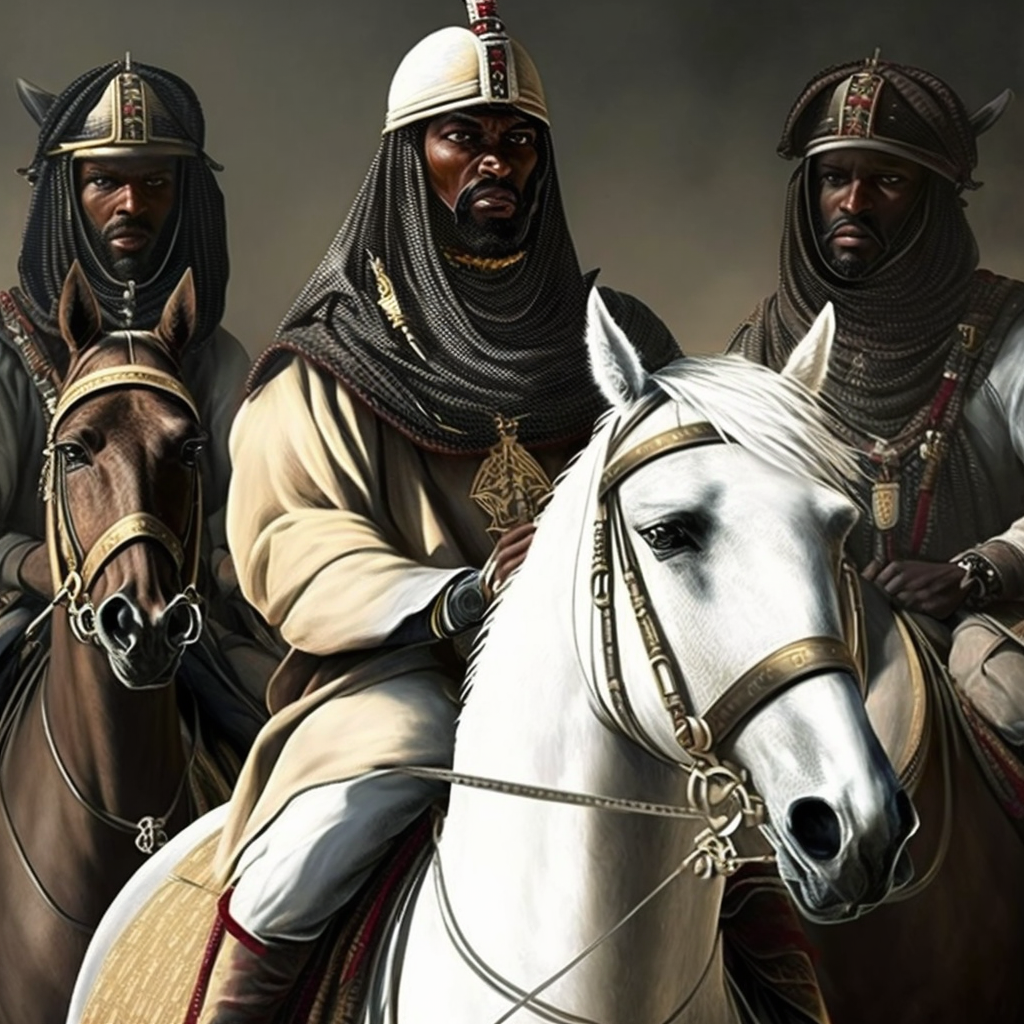The Moors were North African Berber and Arab Muslim peoples who established several kingdoms in the Iberian Peninsula (modern-day Spain and Portugal) in the 8th century. They also extended their influence into Italy, particularly in the southern regions where they ruled parts of Italy for approximately two centuries.
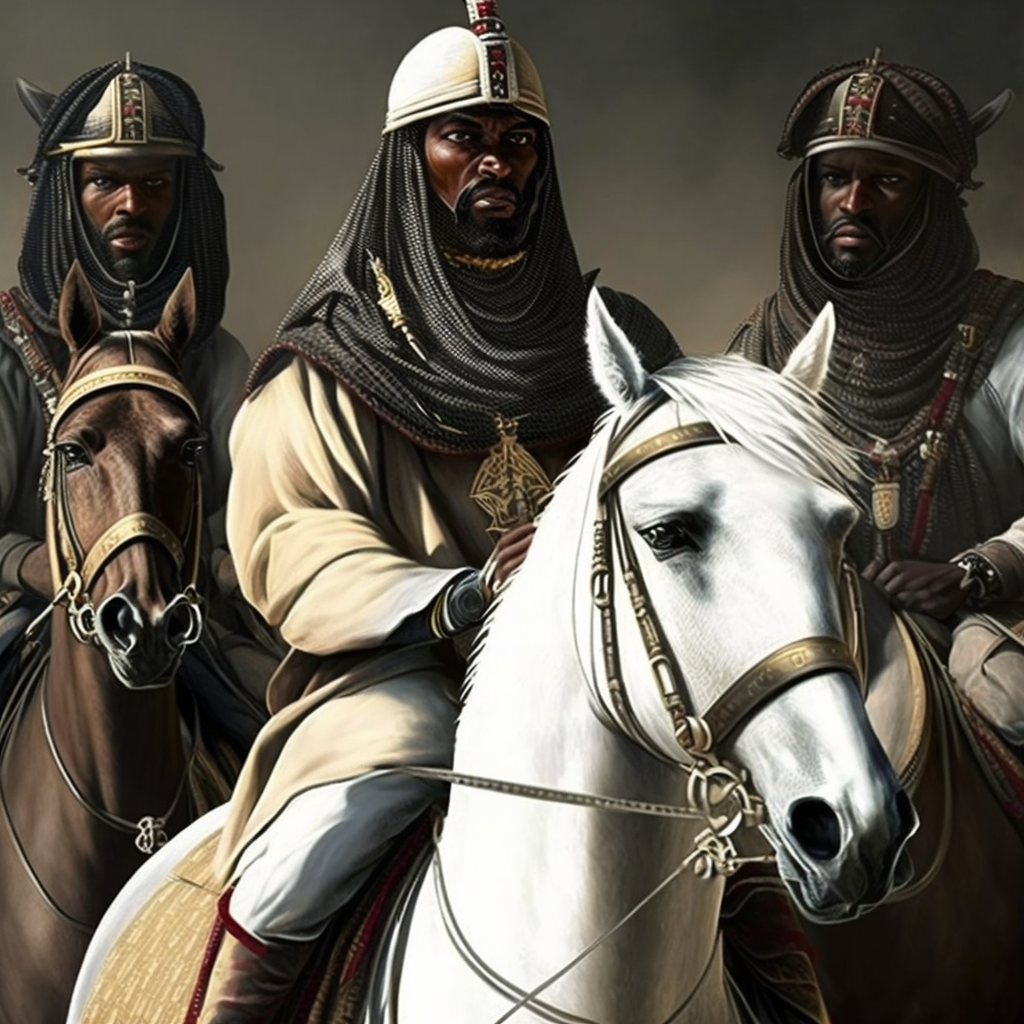
In the 9th and 10th centuries, the Moors made several incursions into Italy, including the island of Sardinia and the cities of Bari and Taranto in Apulia. The most significant Moorish conquest of Italy occurred in 827, when the Aghlabid army, under the leadership of Asad ibn al-Furat, conquered the city of Palermo in Sicily. The Moors went on to establish the Emirate of Sicily, which lasted for over two centuries and became a center of learning and culture.
However, the Moors’ hold on Sicily was challenged by the Norman conquest of the island in the 11th century, which marked the beginning of the end for Moorish rule in Italy. Over time, the Norman rulers gradually pushed the Moors out of Sicily, and by the end of the 12th century, the last Moorish strongholds had fallen.
The impact of the Moors on Italy was significant, particularly in terms of the cultural and architectural heritage they left behind. For example, the palace of the Norman King Roger II in Palermo, known as the Palermo Norman Palace, was built on the site of a former Aghlabid palace and reflects both Norman and Moorish architectural styles. The Moors also left their mark on the Italian language, with many Arabic words and expressions still in use today.

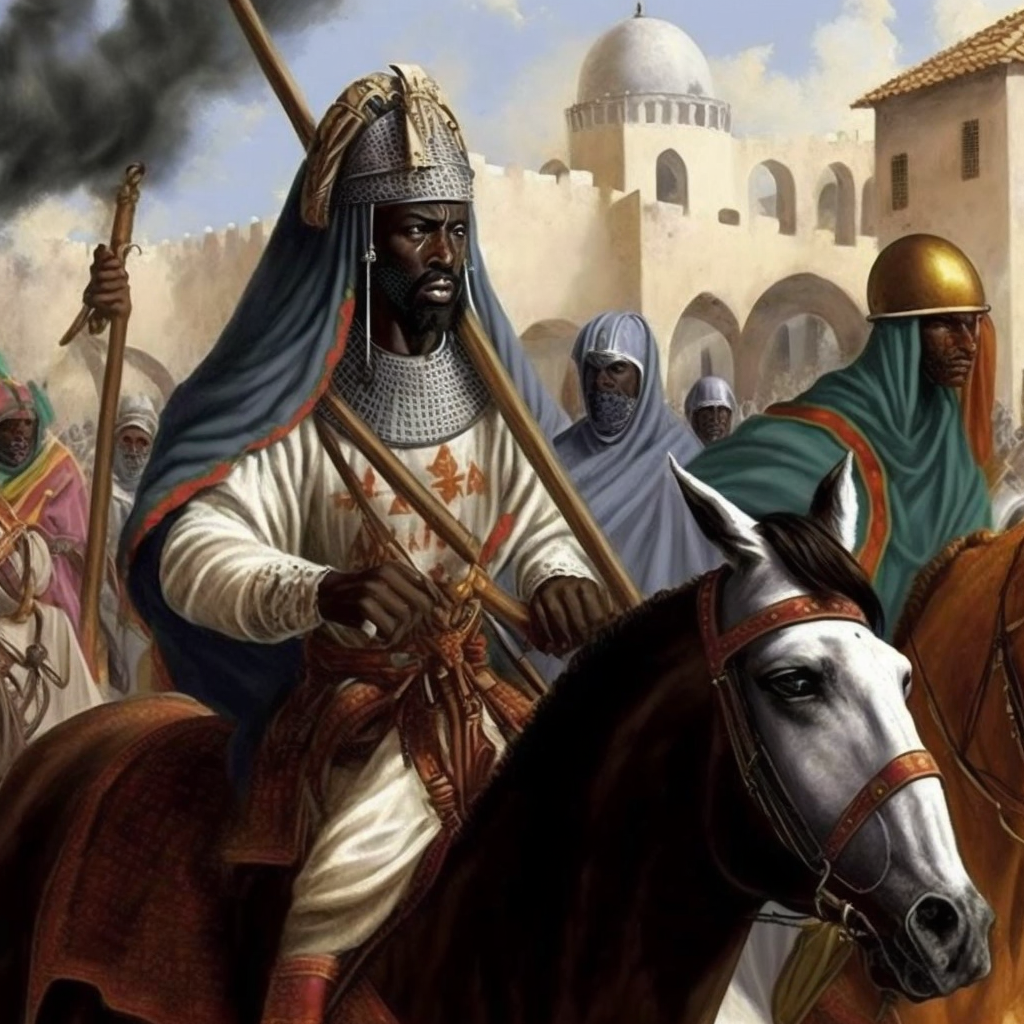
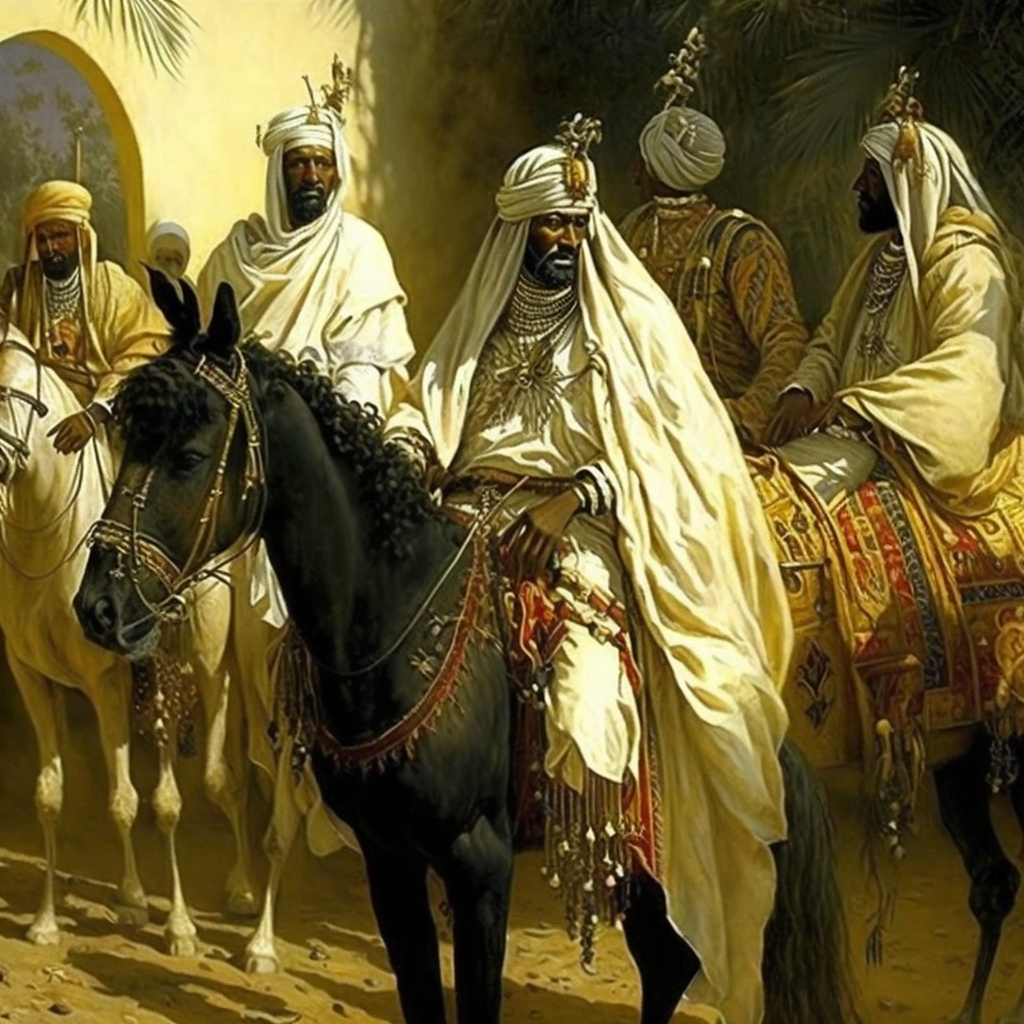
Conquest of Bari (847)
he city of Bari, located in the region of Apulia in southern Italy, was conquered by the Aghlabid army led by Hasan ibn al-Nu’man. The city was taken after a siege that lasted several months, and the Moors established a strong foothold in southern Italy as a result of this conquest.
Conquest of Taranto (848)
The city of Taranto, located near Bari, was also conquered by the Aghlabid army led by Hasan ibn al-Nu’man. The city was taken after a prolonged siege, and the Moors established a strong military presence in southern Italy as a result of this conquest.
Conquest of Palermo (831)
The city of Palermo in Sicily was conquered by the Aghlabid army led by Asad ibn al-Furat. The conquest marked the beginning of over two centuries of Moorish rule in Sicily, and Palermo became the capital of the Emirate of Sicily. The city was transformed under Moorish rule and became a center of learning and culture, attracting scholars and intellectuals from throughout the Islamic world.
Battle of Ostia (849)
The Battle of Ostia was fought between the Moors and a coalition of Italian cities, including Rome and Venice, near the mouth of the Tiber River. The Moors were ultimately victorious in the battle, and their victory helped to establish their dominance in central Italy.
Battle of Gaeta (855)
The Battle of Gaeta was fought between the Moors and a coalition of Italian cities, including Naples and Amalfi, near the city of Gaeta in central Italy. The Moors were victorious in the battle, which helped to establish their dominance in the region.
These battles, along with other smaller engagements, helped the Moors to establish a strong military presence in Italy, and their conquests had a lasting impact on the region, particularly in terms of the cultural and architectural heritage they left behind.
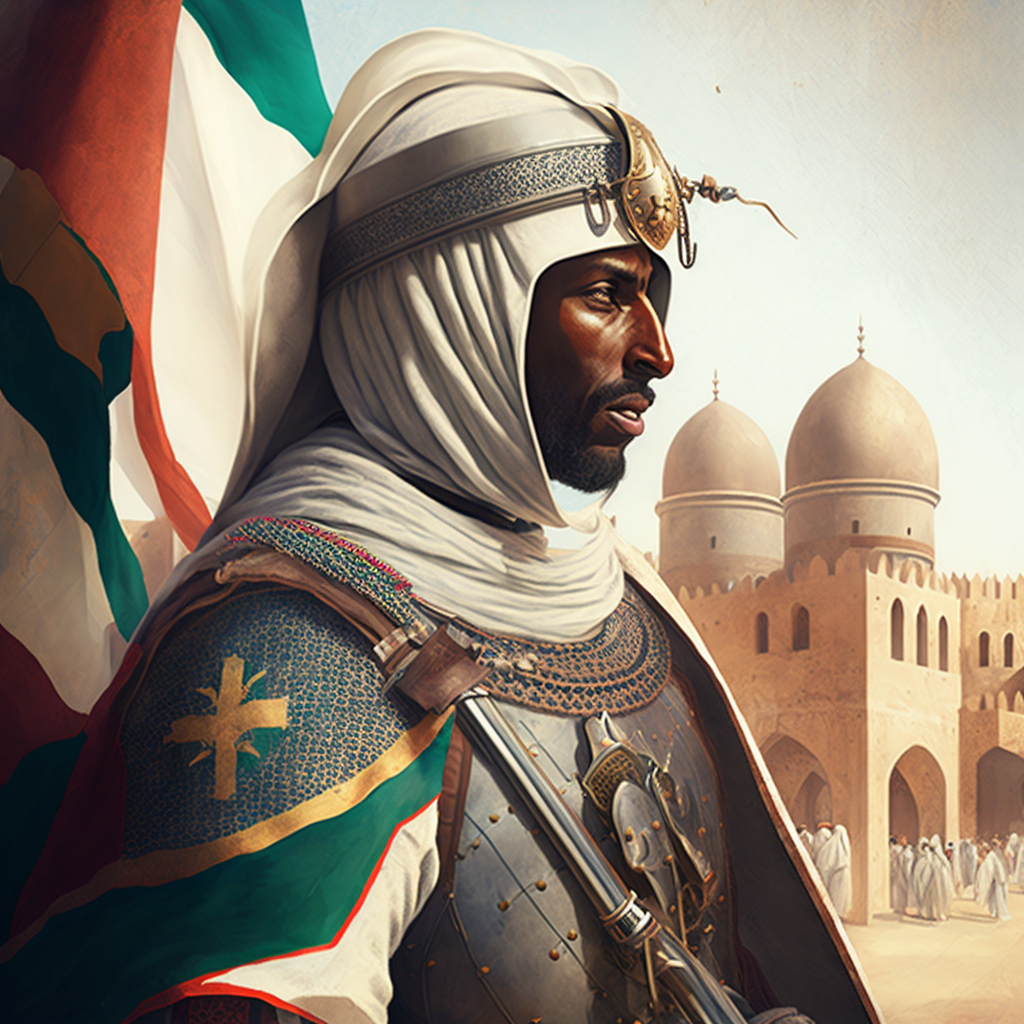


The Moors brought with them a rich cultural heritage and a sophisticated way of life when they conquered parts of Italy. Some of the teachings and lifestyles they brought with them include:
Islam
The Moors were Muslim, and they brought the religion of Islam with them to Italy. While their rule was not always characterized by religious tolerance, they did help to spread the teachings of Islam throughout the region and establish the religion as an important part of the cultural fabric of southern Italy.
Architecture
The Moors were renowned for their architectural style, which combined elements of North African, Spanish, and Byzantine styles. They built many impressive structures, including palaces, mosques, and public buildings, that reflected their unique cultural heritage. Some of these structures, such as the Palermo Norman Palace, are still standing today and are considered to be among the finest examples of Moorish architecture in the world.
Science and Philosophy
The Moors were known for their contributions to science and philosophy, and they established several centers of learning and culture throughout Italy during their rule. They translated many Greek and Roman works into Arabic, preserving them for future generations, and made important contributions to fields such as mathematics, astronomy, and medicine.
Trade and Commerce
The Moors were skilled traders and merchants, and they helped to establish a thriving trade network throughout the Mediterranean region. They introduced new goods and technologies to Italy, and their presence helped to stimulate the local economy and spur economic growth in the region.
Fashion and Cuisine
The Moors also brought with them unique fashion and cuisine traditions, which influenced the local culture and had a lasting impact on Italian society. For example, their elaborate textiles, intricate jewelry, and exotic spices helped to shape the fashion and culinary traditions of southern Italy, and many of these traditions are still evident today.
Overall, the Moors’ impact on Italy was significant, and their teachings and lifestyles helped to shape the region in many important ways.

